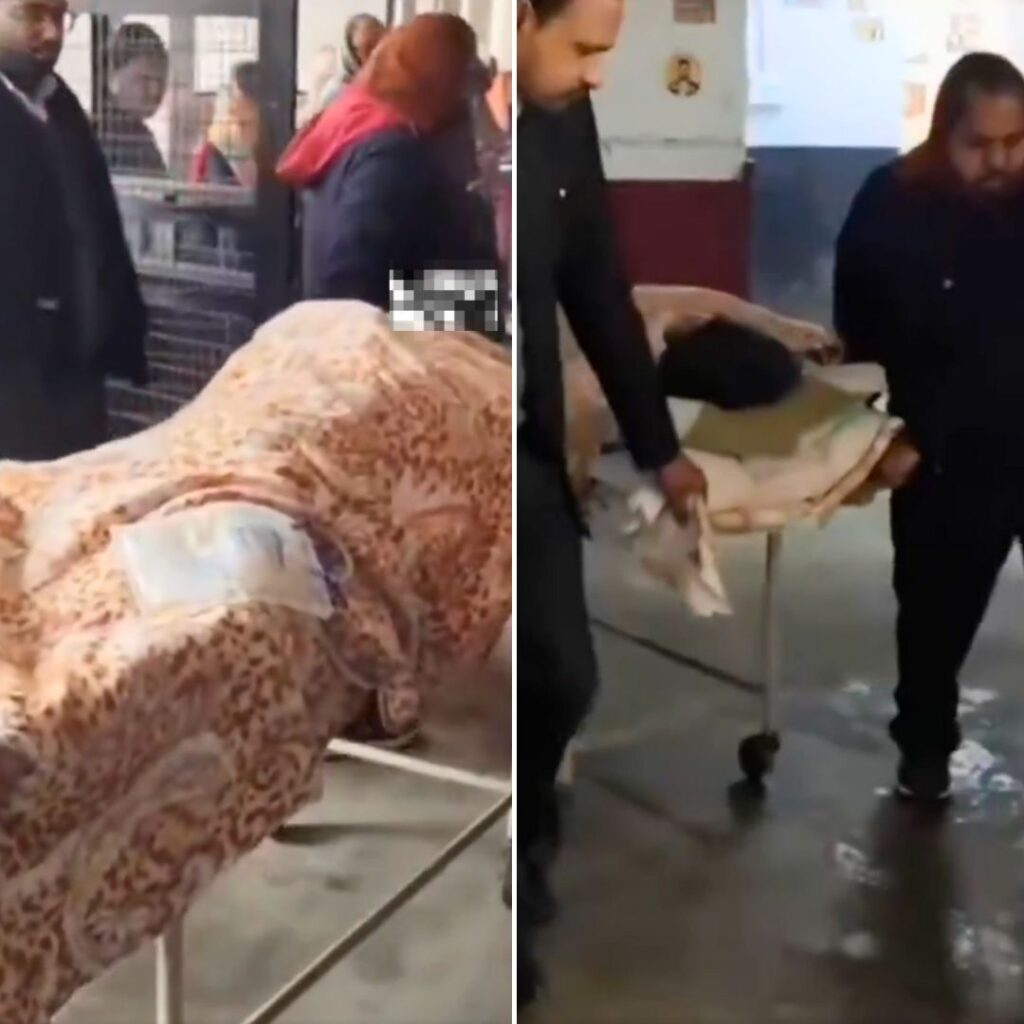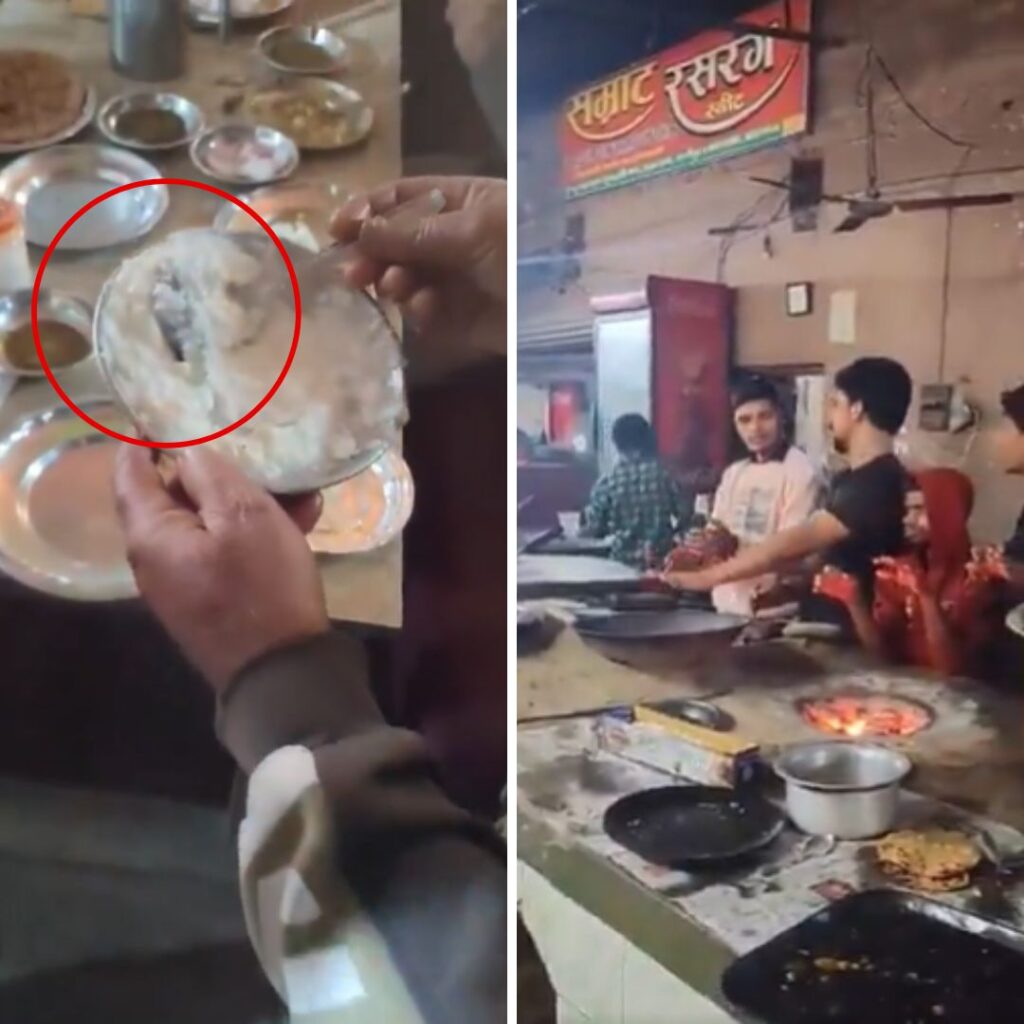India is experiencing a renewed rise in COVID-19 cases, with 1,010 active infections reported nationwide as of May 29, 2025. Kerala leads with 430 active cases, followed by Maharashtra (210), Delhi (104), and Karnataka (126, including 40 new cases).
Other states such as Odisha, Uttar Pradesh, Gujarat, Rajasthan, and West Bengal are also seeing small but notable increases. The World Health Organization is monitoring the new NB.1.8.1 and LF.7 variants, but health officials maintain that most cases are mild and manageable. Authorities urge continued vigilance as the virus circulates, especially among vulnerable populations.
Statewise Surge: Numbers and Human Impact
Kerala remains the most affected state, reporting 430 active cases, according to the latest updates from state health departments. Maharashtra, with 210 active cases, has also seen six COVID-related deaths in 2025, all among individuals with underlying health conditions.
Karnataka is experiencing a sharp increase, with 40 new cases reported on May 28, pushing its active total to 126 and a test positivity rate exceeding 10%. Delhi has 104 active cases, while Odisha has reported four new cases this year—three of them in the last two days—marking its first cases of 2025. Mumbai, a major urban centre, is averaging 11 new cases daily, with 36 reported on May 28 alone.
Other states are also reporting increases: Uttar Pradesh (44 active cases), Gujarat (28), Rajasthan (22), West Bengal (16), and Madhya Pradesh (9). Smaller clusters have emerged in Assam (3), Punjab (3), Tamil Nadu (3), and Goa (2). Chandigarh and Ladakh have reported isolated cases, while several states and union territories currently have zero active cases.
The majority of new infections are mild, with most patients recovering at home. However, hospitalisations and deaths are still being reported, primarily among the elderly and those with comorbidities. Chandigarh confirmed its first COVID-19 death of the year, involving a patient from Uttar Pradesh.
Variants, Vaccines, and Official Response
The Indian SARS-CoV-2 Genomics Consortium (INSACOG) has identified NB.1.8.1 and LF.7 as variants under monitoring, but not classified as variants of concern.
A new subvariant, NB.1.8.1, was recently detected in Tamil Nadu, but there is no evidence so far to suggest increased severity or vaccine escape. The World Health Organization continues to track these variants globally, and Indian health authorities are intensifying genome sequencing and surveillance.
Dr Rajiv Behl, Director General of ICMR, reassured the public: “There’s nothing to worry about at the moment. Most new cases are mild and manageable at home. However, ongoing surveillance is vital.” The Indian Medical Association has echoed this sentiment, advising people to remain vigilant, especially as similar rising trends are being observed in other countries.
The government has confirmed that vaccine supplies are sufficient and is urging eligible citizens to get vaccinated or receive booster shots if needed. Public health advisories continue to stress the importance of mask-wearing in crowded places, hand hygiene, and avoiding unnecessary gatherings.
Context: Living with COVID-19
India’s COVID-19 situation has evolved significantly since the major waves of 2020 and 2021. The virus is now considered endemic, with periodic surges expected as new variants emerge. The healthcare system is better prepared, with improved hospital infrastructure, ample oxygen supplies, and robust vaccination coverage.
However, experts caution that complacency can lead to preventable outbreaks, particularly among vulnerable groups such as the elderly and immunocompromised.
The recent surge has also reignited conversations about the importance of transparent data reporting and community engagement. Many states have resumed regular COVID-19 bulletins and are ramping up testing in high-risk areas.
Contact tracing and isolation protocols are being reinforced, especially in states with rising positivity rates. While most cases are mild, the focus remains on protecting those at highest risk and preventing unnecessary strain on the healthcare system.
The Logical Indian’s Perspective
The resurgence of COVID-19 cases across India is a timely reminder of our shared responsibility to protect one another. Transparent updates from authorities, responsible media coverage, and empathetic community responses are key to navigating this phase.
The Logical Indian urges everyone to stay informed, follow public health guidelines, and support those who are vulnerable or affected. As we adapt to living with COVID-19, how can we strengthen our sense of community and ensure no one is left behind?











